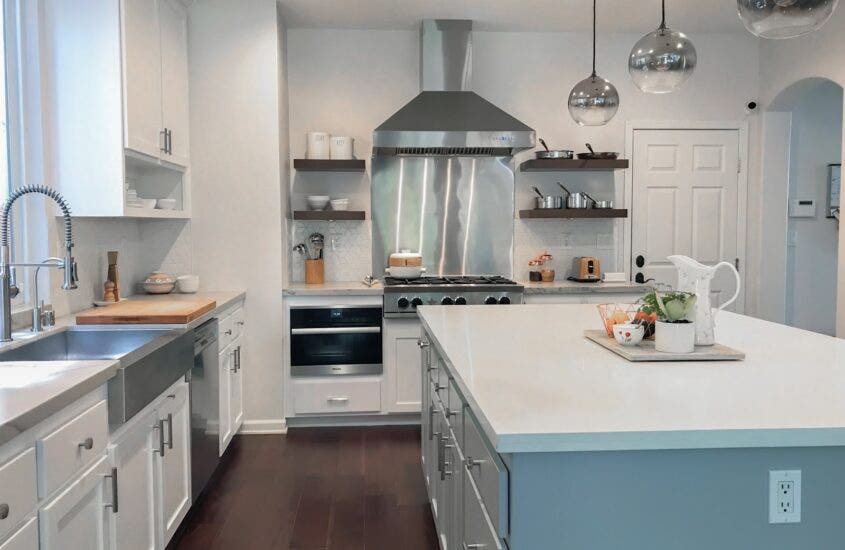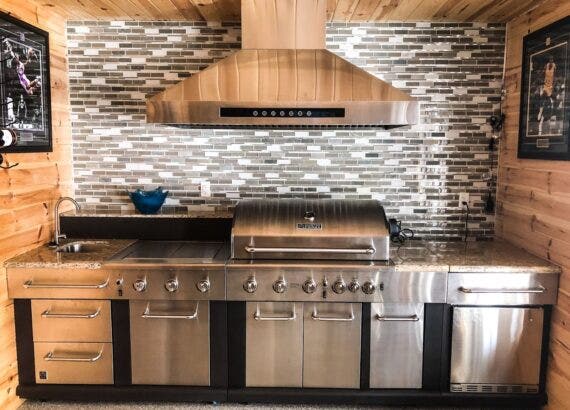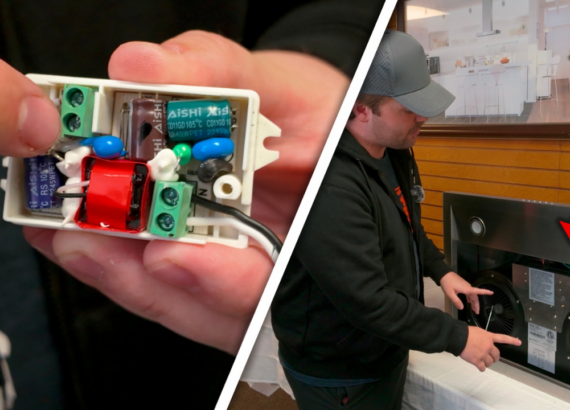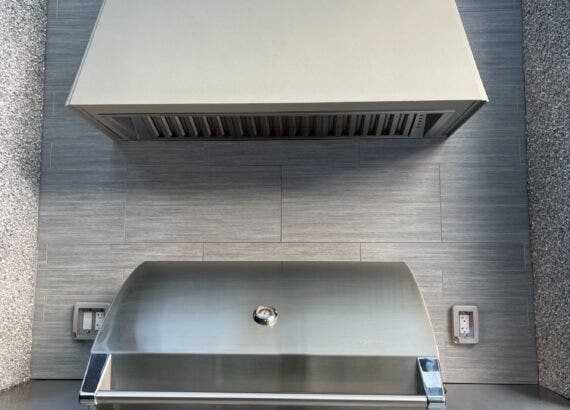How to Determine If You Should Remodel or Move

Imagine you’ve purchased a brand new home. It accommodates all your needs – caring for your three children, taking care of your elderly parents, living married with no kids, or any other scenario. You love the culture, the neighbors are nice, and, most importantly, the move was affordable.
But right now, all this is a pipe dream. Moving to a new house sounds risky and you don’t feel like you have covered all your bases. You’re wondering: should I move or improve?
Remodeling and moving have unique advantages and disadvantages. We hope this comprehensive guide will give you some peace of mind.
We’ll cover cost first, then we’ll discuss why you should remodel or move. We’ll close with some general tips to help you make your decision.
Table of Contents
Cost of Moving
‘Moving’ and ‘affordable’ aren’t often used in the same sentence. It’s vital to map out all your expenses and calculate costs so you’re not surprised about anything unexpected. Here are some costs you can expect when buying a new home.
Real Estate Fees
The first thing you’ll need to do is to sell your current home. Most people will hire a real estate agent to help them find a buyer. Similarly, the buyer will hire their own agent. Typically, each agent will get 3% of the selling price – only the seller pays this.
So, discuss these rates with your real estate agent and potential buyers to help you decide whether to renovate or sell your house.
Moving Expenses
If you’re like me, you have a lot of things sitting in your home collecting dust. You’ll need to hire a professional moving company to help you out.
Also, to save money, consider reaching out to friends and family for help with the move.
Down Payment
The Federal Housing Administration currently requires a minimum of 3.5% for a down payment, but this is not realistic.
Right now, most mortgage lenders will require around 20% down payment on your home.
Repairs and Upgrades
You’ll likely have some touch-up work to do around the house before it’s ready to sell. Maybe you need some new carpet, refinished wood, paint, or light fixtures. Set aside a few thousand dollars for these repairs.
Any large-scale plumbing or sewage work will be a major burden on your budget, so consult with your contractor and agent before proceeding.
Your New Home
You’ll only need to factor in the cost of your new house if you’re moving to a more expensive home.
There are many reasons to upsize: maybe you need more space to support your family. Or, perhaps you’re just running out of space.
Whatever the reason, make sure you have a payment plan in place before upsizing. You don’t want to purchase a home that you can’t afford!
Cost of a Home Remodel
In most cases, home remodels are less expensive than moving. But remodeling your entire home or a large portion of it, can add up quickly.
So, what exactly factors into this cost?
The Scale
Are you planning on renovating one room or several? The more rooms you want to renovate, the more expensive your home remodel will be.
Labor
Labor is almost always a guaranteed cost of your home remodeling project. Interior designers, carpenters, painters, roofers, and electricians are just a few groups of people whose services you may need.
But, you may not need to hire help for everything. One of the most cost-effective strategies is to decide what you can do yourself – then come up with a plan to execute it.
With the tasks you can do on your own, you won’t need to deal with the hassle of coordinating with the contractors’ work schedule – and you won’t be surprised by any unexpected invoices.
Materials
Along with labor, you’ll need to pay for materials too. This will include whatever your contractor needs, such as paint, flooring, or roofing.
Also, if you plan to remodel your house yourself, you may need supplies such as paint rollers, paintbrushes, shovels for landscaping, etc.
Your Temporary Living Space
When remodeling your house, you may want to live somewhere else temporarily, just to be in a more comfortable environment and give your contractors room to work.
How many rooms are you remodeling?
To determine where you should live, think about how many rooms you’re remodeling – and their type. The more rooms you renovate, the more difficult it will be to live in your current home during the remodel.
But, some rooms will cause less hassle than others.
For example, most homes have several bedrooms. If you’re renovating one or two, you can live pretty comfortably. This likely won’t be the case if you’re doing a family room or kitchen remodel.
Where should you live?
There’s not a right or wrong choice here; just think about whether you value convenience or money.
Check out local hotels if your renovation won’t take too long – this is cost-effective in the short term. If it’s a long term remodel, you may want to rent another house for several months, which will be much more expensive.
Safety Fund
It’s necessary to set aside a few thousand dollars dedicated to unexpected expenses. During the remodeling process, you’re bound to encounter issues that you didn’t even know existed. Having money to resolve them will greatly reduce your stress.
Compare Costs
Now, lay out the costs of both remodeling and moving and compare them side by side.
Make sure that you consider monetary costs and the cost of your time. Would you rather spend more money and finish the renovation faster or spend less money and extend the remodeling process?
This is one reason it’s important to make a timeline and stick to it, which we’ll discuss later in the article.
For now, let’s turn to remodeling.
Why Would You Remodel?
High Return on Investment for Your Remodel
Aim for a high return on investment when remodeling your home. What’s this mean? Essentially, some spaces you remodel in your home will cost more than they sell for. This means that when you decide to sell your home years down the line, you’ll lose money.
Take a look at the 2020 Cost vs. Value report for more information. You’ll want to avoid remodeling areas in your home that sell for a low percentage of their initial value.
Fewer Unknowns with Remodeling
In your current home, you probably know more about the problems past homeowners or contractors have encountered or any design flaws in your home. You can work around these problems with relative ease.
But, with a new home, there could be all kinds of problems that you don’t see – masked by paint, foundation, or insulation. Remodeling saves you much of this hassle.
Convenience
Speaking of saving you all the hassle, remodeling your home can be incredibly convenient compared to moving. Think about all the benefits:
- You save big on moving costs
- You can keep all your belongings in one place
- You stay in your neighborhood community
- There’s little to no added stress for your kids – no need for them to switch schools and make new friends!
You have a small project.
Say you want a small project done: repaint your home, replace flooring in your family room, renovate a bedroom, or something similar. In this case, remodeling is a cost-effective option.
Why Would You Move?
You dislike the culture or community.
This can involve any number of things:
- Bad neighborhood
- Unfavorable school environment for your kids
- Poor experiences with neighbors
- Your political leanings or faith don’t align with others’
You’ve found another job.
Some jobs are enticing enough for you to move, whether you’ve got a great new opportunity or you’re starting a new career.
Housing prices are trending upward.
Always be mindful of the state of the housing market in your city. Here’s a state-by-state breakdown of median home prices in 2020.
If you’re in a state with a booming housing market, this may be a sign to sell! But if houses are selling for cheap, it may be worth it to wait.
General Tips
Whether you’re remodeling your home or moving, here are some useful tips to move this process forward efficiently.
Know that your needs change over time.
Depending on your needs, a renovation may be a good fit now, but a move may be a good fit a few years down the road – or vice versa.
For example, if you’re planning on starting a family and having children, moving may be a good choice so that you can upsize.
But having children doesn’t mean you have to move; in fact, there are ways around it – just keep reading!
A job in a different city may also necessitate moving. If you know that you will switch jobs soon, don’t invest money into a remodel.
If you think about your needs carefully, you’ll be one step closer to deciding whether to sell or renovate.
If you borrow money, make sure you come up with a plan to pay it back.
Both remodeling and moving can get expensive, and you may choose to take out loans to fund either process.
Noone likes paying off loans for the rest of their life, so be sure to come up with an affordable payment plan that works for you.
Craft a timeline.
Nothing is worse than starting a project and never seeing an end to it. There are several moving parts to a home renovation and just as many during the moving process.
The best way to keep track of everything is to create a timeline. This way, you can keep everything moving forward.
Your timeline may change over time. In fact, it will. That’s why it’s important to…
Give Yourself Some Wiggle Room
You’ve just started mapping out the plans for your move or home remodel. Down the line, you’ll probably look back at this timeline and think, ‘Wow, that didn’t go as planned.”
But don’t worry! It’s normal for obstacles to come up; you just have to be mentally prepared to accept some delays.
Beware of “Over-Improvement”
If you’re planning a remodel, beware of ‘over-improvement.’ If you remodel your home to be the nicest one on the block, chances are it won’t sell.
People in your area won’t have enough money to pay for a home that expensive. Not to mention that you don’t want to become a target for robbery.
Do you just need more space?
And now for the final tip. Let’s say you want to move to accommodate a new or growing family.
It turns out that you can get around this by remodeling your house – maybe you demolish some walls to make some extra room for a second or third crib – or transform that home office into a toddler’s heaven. The goal here is to maximize your square footage without moving.
More space doesn’t have to be an excuse to move – and you can save a lot of time by just being strategic with your remodel. If you need some extra help, ask your friends and family what they’ve done or consult interior designers and other professionals for advice.
That’s it for our guide on how to decide if you should move or improve.
Just remember, you can never do enough planning.
The more you plan, the more control it’ll feel like you have over the whole remodeling or moving process, and the more confidence you’ll have going forward!
Time for you to get started. Feel free to print this out as you renovate or move. Good luck!
Related Articles
Why You Should Buy a Commercial Range Hood for Your Home







Comments are closed.